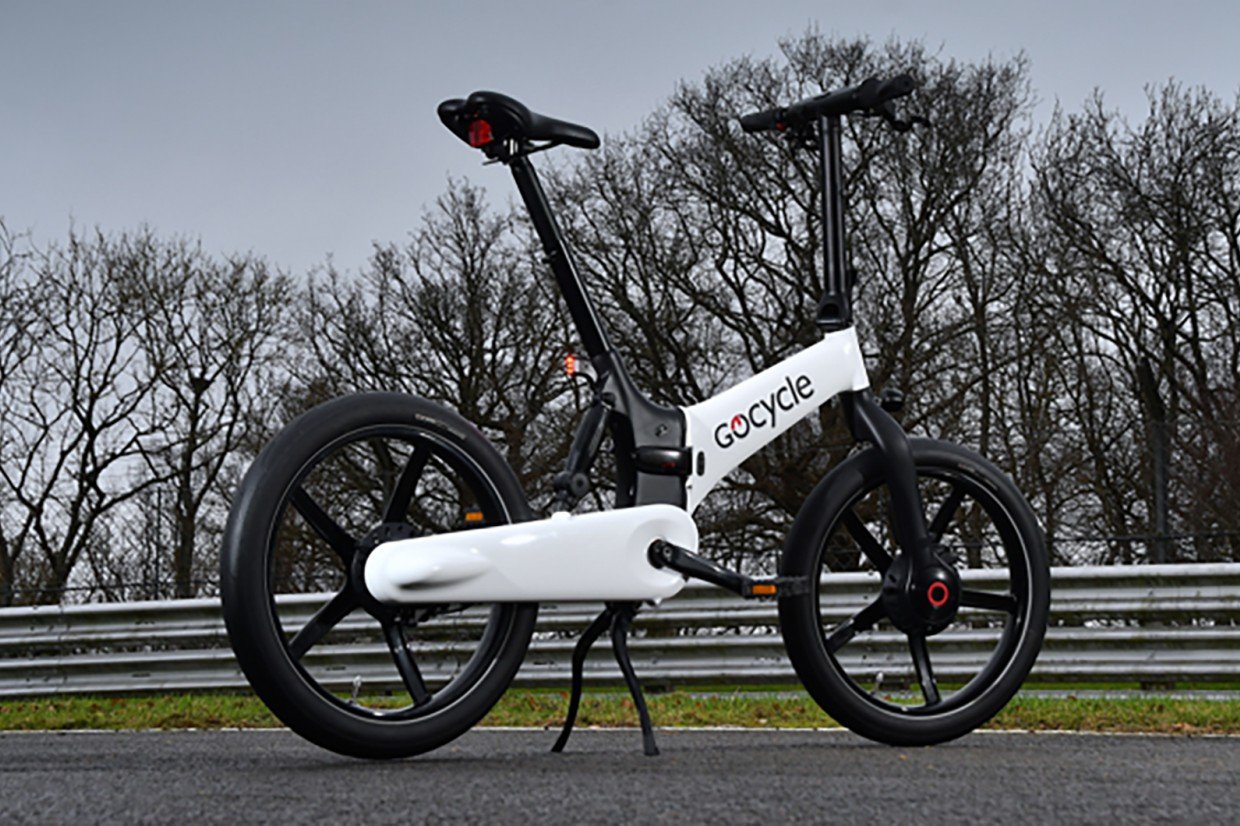The global AI race is moving fast, with countries like China and the US investing billions to dominate the field. While India has strong talent and growing startup activity, it still struggles to catch up in building foundational AI models.
After the rise of ChatGPT, China’s DeepSeek has made headlines by reducing the cost of developing AI applications. In response, India is pushing forward, with the government supporting startups, universities, and researchers by providing high-end chips to develop an AI model within 10 months.
Global tech leaders have taken notice of India’s potential. OpenAI CEO Sam Altman, once skeptical, now sees India playing a major role in AI. Microsoft has pledged $3 billion toward cloud and AI infrastructure, while Nvidia’s CEO Jensen Huang has praised India’s unmatched technical expertise.
Despite these positive developments, India faces major roadblocks. Unlike China and the US, which have invested heavily in research, military AI, and law enforcement applications, India still lacks structural support in education, research, and policy.
Between 2010 and 2022, China and the US secured 60% and 20% of the world’s AI patents, while India got less than half a percent. Funding is also a challenge. In 2023, India’s AI startups received only a small fraction of the private investments that US and Chinese companies attracted.
The government’s AI mission, valued at $1 billion, is small compared to the US’s $500 billion AI infrastructure plan or China’s $137 billion AI initiative. Experts argue that India’s biggest challenge is the lack of long-term investment from both government and industry.
While DeepSeek’s success shows that AI models can be built using older, cost-effective chips, India still struggles with a shortage of high-quality datasets in regional languages like Hindi, Marathi, and Tamil—essential for training AI models.
A bigger issue is brain drain. India produces 15% of the world’s AI workforce, but many skilled professionals are leaving the country due to limited research opportunities. Unlike the US and China, India’s universities and corporate labs lack the deep R&D required for AI breakthroughs.
Experts believe that India can replicate the success of its digital payment system, UPI, by fostering stronger collaboration between government, industry, and academia. If India can create a supportive AI ecosystem, it has the potential to become a global AI leader.





















